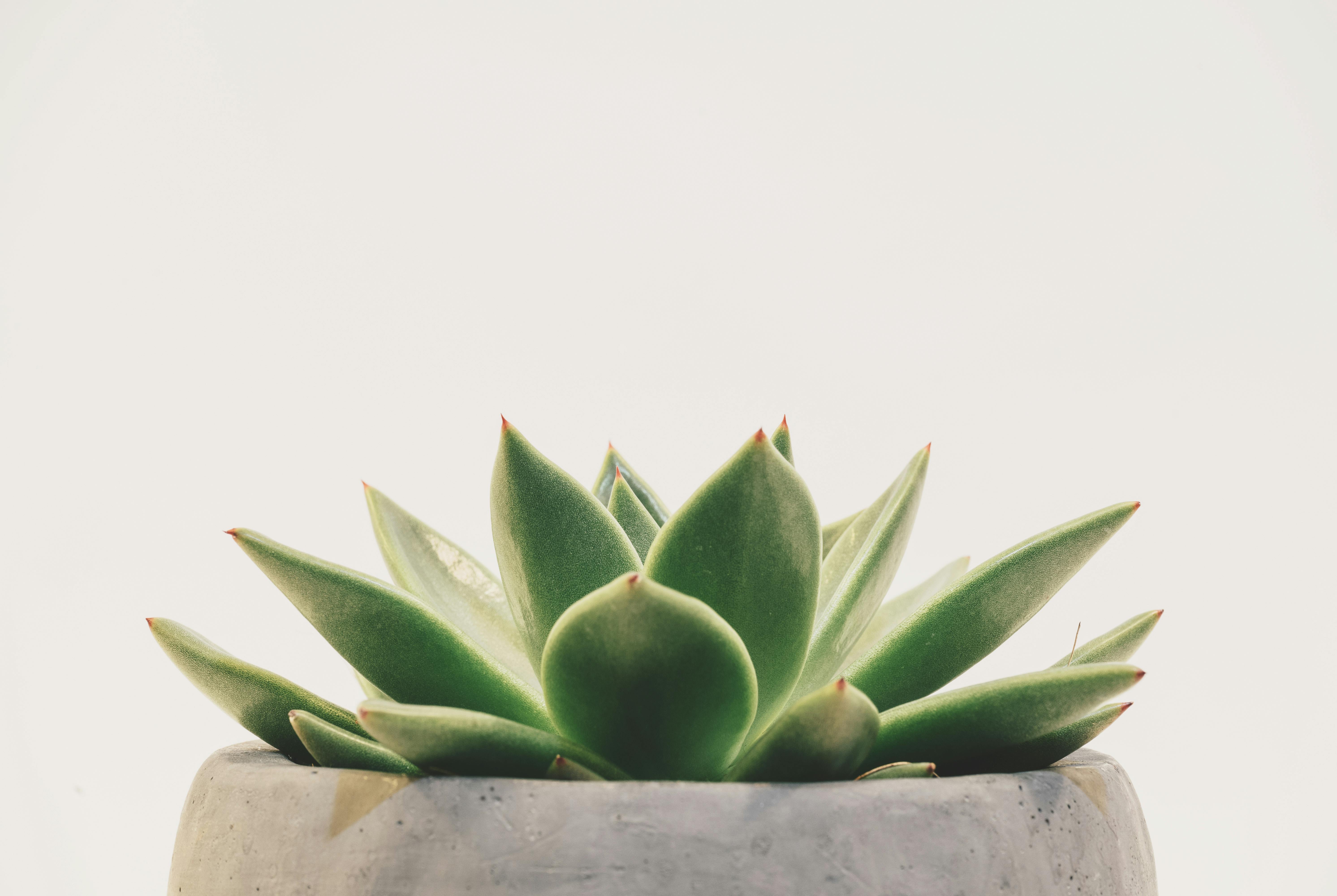So, you’ve been nurturing a beautiful succulent and watching it grow luxuriantly, but now you find yourself facing a conundrum – what do you do with a succulent that has outgrown its pot! Don’t worry, we’ve got you covered. In this article, we’ll explore some practical and friendly tips on how to address the issue and ensure the health and vitality of your beloved succulent. Whether you’re a seasoned gardener or just starting out, stick around to find out what your options are and how to make the best decision for your green companion.
Repotting the Succulent
Assessing the Size of the Succulent
When your succulent begins to outgrow its pot, it’s important to assess its size and determine if it indeed needs repotting. Look for signs like roots sticking out of the drainage holes, crowded growth, or the pot tipping over. If the succulent has become too large for its current container, it’s time to give it a new home.
Selecting a Suitable Pot
Choosing the right pot is crucial for the health and growth of your succulent. Opt for a pot with drainage holes to prevent waterlogging and root rot. The new pot should be slightly larger than the current one, providing enough room for the succulent to grow without being excessively oversized. Transferring to a pot that is two sizes bigger than the current one is generally recommended.
Preparing the Pot and Soil
Before repotting, it’s important to prepare the new pot and soil. Clean the pot with water and mild soap to remove any dirt or residue. Fill the bottom of the pot with a layer of well-draining potting soil, such as a mixture of cactus soil and perlite or coarse sand. This layer helps promote good drainage and prevents the succulent’s roots from sitting in excess water.
Removing the Succulent from its Current Pot
Gently tap or squeeze the sides of the current pot to loosen the soil. Carefully turn the pot upside down while supporting the succulent’s base with your hand, allowing the plant and its root ball to slide out. If the succulent is tightly rooted, use a blunt tool like a chopstick or a small trowel to loosen the edges and separate the roots from the pot’s sides.
Inspecting the Root System
Once the succulent is out of its pot, take a close look at its root system. Healthy roots should be firm, white, and spread out evenly. Check for any signs of rot, discoloration, or mushy spots, as these indicate potential issues. Gently remove any dead or damaged roots, as they can hinder the succulent’s growth in its new pot.
Trimming and Pruning the Roots
If the succulent’s roots have become excessively long, you may need to trim them to fit the new pot. Use clean and sharp scissors or pruning shears to prune the roots, making clean cuts without crushing or tearing. Aim to remove any excessively long or tangled roots, allowing the plant to establish a healthy root system in its new pot.
Placing the Succulent in the New Pot
Once the roots have been trimmed and pruned, it’s time to place the succulent in its new pot. Position the succulent in the center of the pot, ensuring that it sits at the same depth as it did in the previous pot. Gently fill in the gaps around the plant with fresh potting soil, pressing it down lightly to secure the succulent in place.
Filling the Pot with Fresh Soil
After placing the succulent in the new pot, fill the rest of the pot with fresh potting soil. Avoid packing it too tightly, as this can hinder drainage and airflow. Leave a small gap between the soil surface and the rim of the pot, allowing space for watering. Ensure the soil is evenly distributed and covers the roots, providing stability and support for the succulent.
Watering the Repotted Succulent
After repotting, the succulent will need some water to help it adjust to its new environment. Give the succulent a thorough watering until you see water flowing out of the drainage holes. This ensures that the soil is evenly moist and encourages the roots to establish in their new home. However, be cautious not to overwater, as excess moisture can lead to root rot. Wait until the soil is completely dry before watering again.

Considerations for Transplanting
Timing the Transplant
Timing is crucial when it comes to transplanting your succulent. The best time to repot a succulent is during its active growth phase, which is typically in spring or early summer. Avoid repotting during the winter months when succulents tend to go dormant or have reduced growth.
Choosing the Right Season
Transplanting during the right season ensures that your succulent has optimal conditions for establishing in its new pot. Spring and early summer provide the ideal balance of warmth and sunlight, promoting root growth and allowing the plant to adjust to its new environment. Avoid transplanting during extreme weather conditions, such as winter frost or scorching summer heat.
Avoiding Extreme Temperature Conditions
Transplanting during extreme temperature conditions can stress your succulent and hinder its ability to establish in its new pot. It’s best to choose a day when the temperature is moderate, ideally between 60°F and 80°F (15°C to 27°C). Avoid transplanting during heatwaves or cold spells, as sudden temperature changes can shock or damage the succulent.
Understanding the Growth Phase of the Succulent
Consider the growth phase of your succulent before transplanting. Different succulents have varying growth patterns and may require repotting at different intervals. Some succulents grow slowly, requiring less frequent repotting, while others have a quicker growth rate and may need repotting more often. Observe your succulent’s growth and repot when it shows signs of outgrowing its pot.
Considering the Health and Condition of the Plant
It’s important to assess the overall health and condition of your succulent before transplanting. If the plant is stressed, depleted, or showing signs of disease or pests, it’s best to address these issues before repotting. Transplanting a sick plant can further weaken it and hinder its ability to recover. Ensure your succulent is in good health and has been properly cared for before proceeding with repotting.
Taking Note of Watering Patterns
Understanding your succulent’s watering patterns can help determine the best time for repotting. Transplanting a succulent when the soil is dry can make it more difficult to remove from the pot and increase the risk of root damage. Water your succulent a day or two before repotting, allowing the soil to be slightly moist but not waterlogged. This will make it easier to remove the plant from its current pot.
Considering the Succulent’s Response to Stress
Each succulent species responds differently to stress, and transplanting can be a stressful experience for the plant. Some succulents are more resilient and can handle repotting with ease, while others may require more care and time to recover. Research your specific succulent species to understand how it may respond to transplanting and adjust your approach accordingly.
Taking Precautions for Fragile Succulents
Some succulents have delicate or brittle roots and stems, making them more susceptible to damage during the transplanting process. Take extra precautions when repotting these fragile succulents, such as supporting the plant as you remove it from the pot and handling it with care. Consider using tools like chopsticks or small trowels to avoid damaging the plant while detangling the roots.
Potential Risks of Transplanting
Transplanting is not without risks, and it’s important to be aware of them before proceeding. The main risks include root damage, shock, and stress to the succulent. By following proper repotting techniques, selecting the right time, and ensuring the succulent is in good health, you can minimize these risks and give your succulent the best chance of thriving in its new pot.


